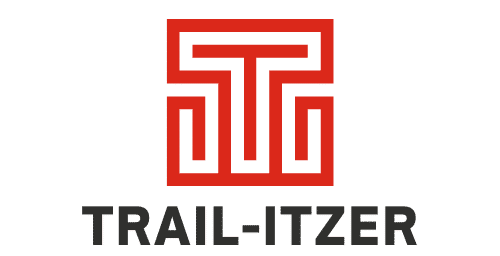What strategies do coaches use to build team morale and unity?

Building a cohesive team that performs at its peak is no small feat. It requires a perfect blend of leadership, communication, and a keen understanding of team dynamics. As a coach, one of your pivotal roles is to foster an environment where team morale and unity are not just words in a company handbook but lived experiences that drive success. In today’s dynamic workspaces, this means employing a range of strategies that touch on every aspect of the team’s collective and individual experiences.
In this deep dive, we’ll explore the various methods and strategies that coaches use to bolster team morale and unity. These approaches are not just about making employees feel good but about creating a foundation for sustained productivity and fulfillment in the workplace. Remember, high morale and unity are the engines that power effective collaboration, seamless communication, and unwavering commitment to shared goals.
A découvrir également : What are the ethical dilemmas in using ai for sports coaching?
Emphasizing open communication
Open communication stands as the cornerstone of any thriving team. It’s a simple concept, yet its application can be incredibly transformative in ensuring team members feel heard, valued, and understood.
Encouraging feedback and active listening
Coaches often start by establishing avenues for feedback that are both regular and respectful. This includes structured meetings where team members can voice their concerns and ideas without fear of retribution. A coach must practice active listening, acknowledging the input and ensuring that employees see tangible actions stemming from their contributions.
Lire également : Beyond the game: how sports influence global culture
Facilitating problem solving and decision making
Another dimension of open communication is the inclusion of team members in problem-solving and decision making. It gives employees a sense of ownership and reinforces the trust that their opinions matter. Coaches often use techniques such as brainstorming sessions and collaborative platforms to tap into the collective wisdom of the team.
Team building activities
Team building activities go beyond the occasional retreat or office party. They are carefully curated experiences designed to forge connections, break down barriers, and enhance collaboration.
Creating shared experiences
Well-executed team building activities create shared memories and experiences that become the glue holding teams together. Coaches must craft these experiences to align with the company culture and be inclusive of all team members, regardless of their roles or backgrounds.
Developing skills through collaboration
In addition to fun, team building activities should also serve as a platform for developing important collaboration and communication skills. Coaches might set up simulations or exercises that mimic real-world challenges, allowing teams to practice and refine their abilities in a safe and supportive environment.
Aligning team goals with individual aspirations
Alignment is crucial for maintaining a sense of purpose within a team. Coaches play a vital role in ensuring that the broader organizational objectives resonate with each employee’s personal and professional goals.
Ensuring everyone understands the "why"
To do this effectively, coaches must first ensure that everyone on the team understands the "why" behind their work. This involves clear communication of the company’s vision and how each team member’s efforts contribute to that end.
Recognizing and utilizing individual strengths
Coaches also recognize and capitalize on the unique strengths and skills each employee brings to the table. By doing so, they not only maximize the team’s performance but also make team members feel valued and essential to the team’s success.
Fostering a positive work environment
A positive work environment is the bedrock upon which high morale is built. It’s a place where employees feel safe, supported, and encouraged to grow both personally and professionally.
Balancing work life and life balance
Coaches know that employees’ mental health and work-life balance are critical components of job satisfaction and, subsequently, team morale. Encouraging time off, flexible scheduling, and understanding personal commitments are all practices that help employees feel respected and cared for.
Cultivating a culture of respect and inclusion
By cultivating a culture that values respect, diversity, and inclusion, coaches ensure that all team members can thrive. This culture is characterized by equal opportunities, fair treatment, and an environment where employees feel free to be their authentic selves.
Continuous leadership and development
Finally, coaches understand that leadership is not a fixed position but a continuous journey of development, both for themselves and the team leaders within the group.
Developing leadership skills within the team
By identifying and nurturing potential leaders, coaches can create a robust succession plan and ensure that the team remains strong even as members come and go. This includes providing mentorship, training, and opportunities for employees to lead projects or initiatives.
Providing regular and constructive feedback
A culture of continuous improvement is fostered through regular, constructive feedback. Coaches provide this by holding performance reviews, setting clear expectations, and celebrating accomplishments, thus ensuring that each team member knows where they excel and where there’s room for growth.
In conclusion, coaches employ a multifaceted approach to build team morale and unity. By prioritizing open communication, engaging in team building activities, aligning team and individual goals, fostering a positive work environment, and encouraging continuous leadership development, coaches can create a team that is not only productive but also resilient and satisfied. Remember, the strategies discussed are not one-off solutions but ongoing commitments to the well-being and unity of the team. When applied consistently and with genuine intent, these methods can transform your team into a cohesive, high-functioning unit poised for success.
